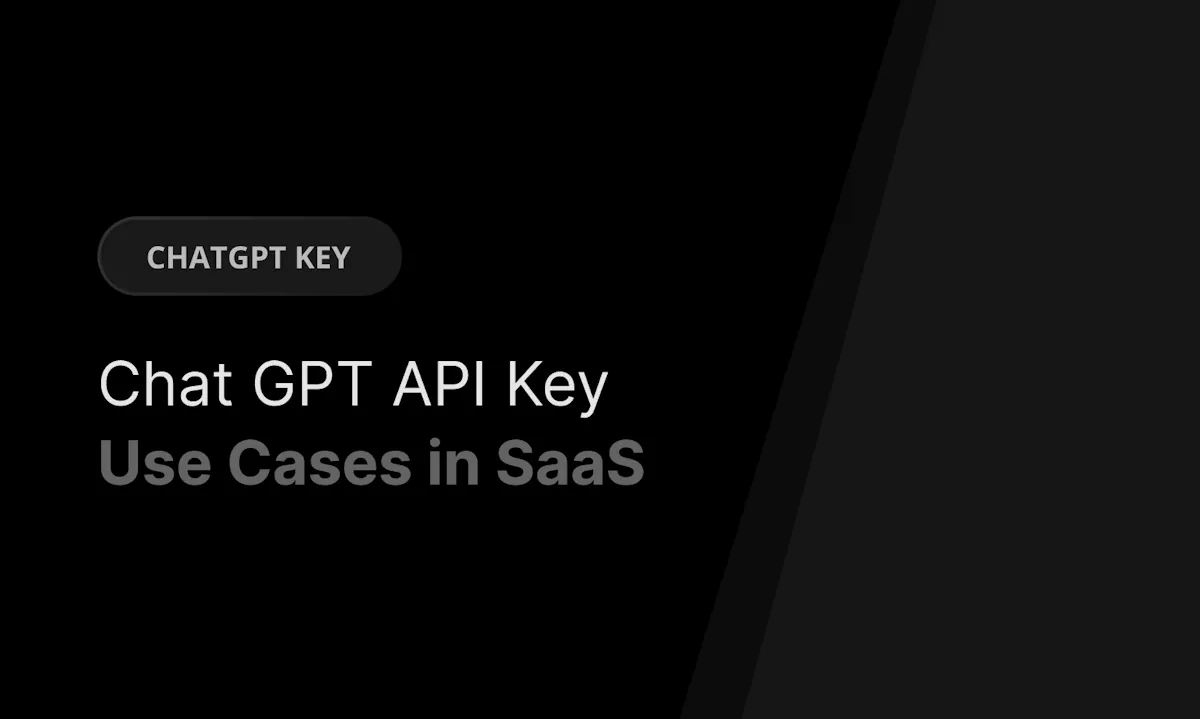Abstract: This paper presents an overview of the new ChatGPT API, highlighting its features, architecture, applications, and potential impact on various industries. With advancements in natural language processing and artificial intelligence, the new API offers enhanced capabilities for developers and businesses to integrate sophisticated conversational AI into their applications.
1. Introduction
ChatGPT, developed by OpenAI, has become one of the most popular conversational AI models. The new ChatGPT API builds on previous iterations, offering improved performance, flexibility, and ease of integration. This paper provides an in-depth analysis of the API, its technical specifications, and its potential use cases.
2. Features of the New ChatGPT API
2.1 Enhanced Natural Language Understanding
The new ChatGPT API features advanced natural language understanding (NLU) capabilities, enabling it to comprehend and respond to complex queries with higher accuracy. This enhancement allows for more human-like interactions and improved user satisfaction.
2.2 Scalability and Performance
Designed to handle a high volume of requests, the new API offers robust scalability and performance. It can efficiently manage multiple simultaneous interactions, making it suitable for large-scale applications.
2.3 Customization and Fine-Tuning
The API allows developers to fine-tune the model according to specific requirements. Customization options include training the model with domain-specific data, adjusting response styles, and setting up conversation parameters to match the desired user experience.
2.4 Multi-Language Support
Supporting multiple languages, the new ChatGPT API can cater to a global audience. This feature is particularly beneficial for businesses operating in diverse linguistic regions, enabling them to provide localized customer support and services.
2.5 Security and Privacy
Security and privacy are paramount in the new API. It incorporates state-of-the-art encryption and data protection measures to ensure that user interactions remain confidential and secure.
3. Technical Architecture
3.1 Model Architecture
The ChatGPT API leverages a transformer-based architecture, which is the foundation of its advanced NLU capabilities. This architecture allows the model to process and generate text by understanding the context and nuances of the language.
3.2 API Endpoints
The API offers multiple endpoints for different functionalities, such as text generation, conversation management, and fine-tuning. Each endpoint is designed to provide specific capabilities, enabling developers to choose the right tools for their applications.
3.3 Integration and Deployment
Integration with existing systems is streamlined through comprehensive documentation and SDKs available in various programming languages. The deployment process is simplified, allowing developers to quickly set up and start using the API.
4. Applications
4.1 Customer Support
The new ChatGPT API can be deployed in customer support systems to provide instant responses to customer inquiries, reducing wait times and improving service quality.
4.2 Virtual Assistants
Businesses can use the API to develop virtual assistants that handle scheduling, reminders, and other administrative tasks, enhancing productivity and user convenience.
4.3 Content Generation
The API’s text generation capabilities can be utilized for creating content, such as blog posts, articles, and marketing copy, saving time and resources for content creators.
4.4 Educational Tools
Educational platforms can integrate the API to develop interactive learning tools that provide personalized tutoring and assistance to students.
5. Impact and Future Prospects
The new ChatGPT API has the potential to revolutionize various industries by enhancing human-computer interaction. Its advanced capabilities can lead to more efficient operations, better customer experiences, and new business opportunities. Future developments may include further improvements in understanding and generating context-aware responses, expanding multi-language support, and increasing customization options.
6. Conclusion
The new ChatGPT API represents a significant advancement in conversational AI. With its enhanced features, robust performance, and wide range of applications, it offers a powerful tool for developers and businesses to leverage AI in innovative ways. As the technology continues to evolve, the potential for creating more natural and intuitive user experiences will only grow, paving the way for a future where AI plays a central role in our daily lives.
References
- OpenAI. (2024). ChatGPT API Documentation. Retrieved from OpenAI API Docs
- Vaswani, A., Shazeer, N., Parmar, N., Uszkoreit, J., Jones, L., Gomez, A. N., … & Polosukhin, I. (2017). Attention is All you Need. Advances in Neural Information Processing Systems, 5998-6008.
- Devlin, J., Chang, M. W., Lee, K., & Toutanova, K. (2018). BERT: Pre-training of Deep Bidirectional Transformers for Language Understanding. arXiv preprint arXiv:1810.04805.
This paper serves as an introductory guide to the new ChatGPT API, providing insights into its capabilities and potential applications across various sectors.

